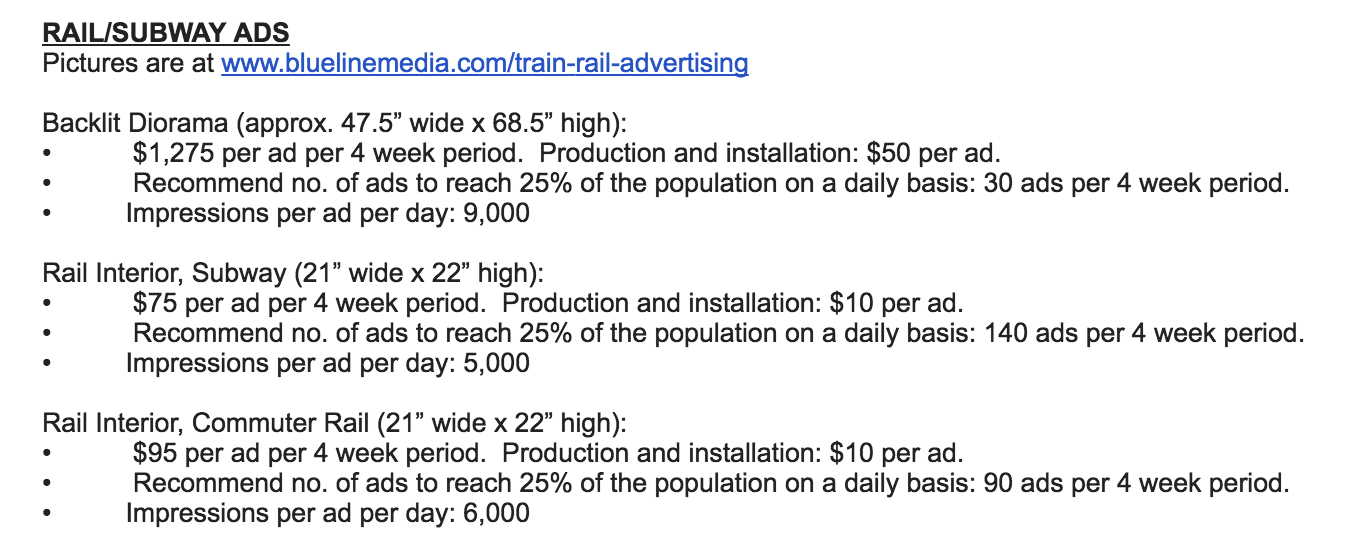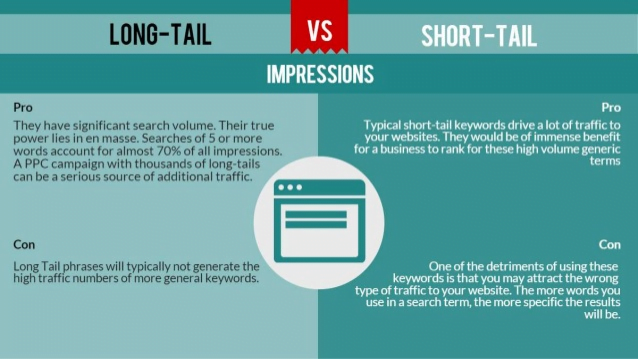
The Easy Guide to Maximizing Your Google Ads ROI
“Increase conversions, reduce spend.” – Every Google Ads user ever.
In an ideal world, spending less to make more would be a cinch. There would be chocolate fountains on every street corner. Student loan debt would vanish. Alas.
In reality, reconciling the twin desires of growing your customer base while spending less on advertising is no small feat. Fortunately, there’s a performance indicator that lives somewhere between the two: return on investment (referred to henceforth as ROI).
The Measurability of PPC
We’ve blogged about how to determine initial ad budgets in the past, but gauging account performance solely on spend isn’t efficient. It can be a great strategy for less measurable channels, places where attribution is murky, like bench ads. Inevitably, though, if a budget cap was the sole metric by which you judged your Google Ads performance, you’d end up stunting growth based on an arbitrary ceiling.
On the other hand, while conversion goals can serve as something to aspire towards, they’re also an inefficient way to inform account structure and optimization. Yes, you can spend thousands on a handful of broad match keywords and rake in conversions, but this would be wasteful. Google Ads isn’t spray and pray advertising and doesn’t have to function like direct mail, either.
Sure, budget and conversion goals can exist in the back of your mind. But day-to-day performance requires more precision. Here’s where ROI comes in.
Calculating Your Google Advertising ROI
ROI can be determined using the following formula:
(Revenue – Cost of goods sold) / Cost of goods sold = ROI
**Note that “cost of goods sold” does not solely refer to the cost of a click. If you sell a physical product, don’t forget to factor in manufacturing and distribution costs; for lead generation, consider the cost of your nurturing campaigns.
At the campaign level, ROI is a more malleable (and valuable) baseline for your optimization decisions than simply assigning a daily budget and waiting to see what happens: Budget should be informed by the return you see, not the other way around.
A search campaign targeting bottom-of-the-funnel keywords will almost always have a better ROI than a Display campaign using something broad (like keyword targeting). Remarketing to cart abandoners yields a greater return than serving ads to all site visitors. This level of granularity is what makes PPC so unique, and allows ROI to be an operating principle, not just an ideal.
Why Google Ads Is More ROI-Friendly than Traditional Advertising
Conversely, when I post up at the Hynes Convention Center T stop at 5:07 pm on a Wednesday, I’m forced to stare blankly at the set of ads between tracks until the people-packed tubes of Slytherin-tone aluminum—complemented by, you guessed it: more ads—block them from view. The goal of these ads is pretty straightforward: be the only thing to look at in a poorly lit, aesthetically unappealing space. Thousands of people walk past or stand in front of them, so in theory, these impressions are valuable, right?
Eh.
Take a look at this fee-schedule for MBTA rail ads:
Let’s do some math. Say Polar Seltzer wants to advertise its refreshing, bubbly ambrosia inside of Green Line trains across Boston. The recommended number of ads is 140. To keep each one up for a month it’ll cost $75/ad, plus $10/ad for installation.
(140 ads x $75/ad) + (140 ads x $10/ad) = $11,900/month
Sure, that twelve grand gives Polar an estimated 21 million impressions. But there’s no reliable, measurable way to know if the ads have any impact on sales. It isn’t possible to identify which T ads led to new clients and which served as a backdrop for standing naps and debauchery. While this is still a valuable brand-building exercise (if the ads themselves are captivating, which isn’t always the case), ROI is a dice roll, not a KPI.
Now, consider Google Ads. Individual keywords can be weighed and measured. If a term or campaign is siphoning cash, it can be paused. If it’s converting like crazy, it can take on a more predominant role within your account.
An increasing number of advertisers are using ROI-based strategies and finding success. By optimizing for profits instead of an unrealistic number of conversions or an arbitrary budget, they can find and exploit the sweet spot between volume and efficiency.
With that in mind, let’s dive into ROI expectations for search and display campaigns, respectively.
Meeting ROI Expectations: Search
We can divide search campaigns into four main groups: top of funnel, bottom of funnel, branded, and competitor. ROI is going to look different for each one. By knowing where you should see the greatest return, you can gauge how to allocate budget and where to expect conversions to come from.
Branded
Some Google Ads users are hesitant to bid on branded terms because it’s unlikely that a searcher who converts after clicking a branded ad is a true “first touch.” Conversions have to be couched in the fact that those searching for your company name may very well have already visited the site. That doesn’t mean branded terms aren’t valuable in terms of ROI. Your Quality Score will be maxed out. Volume / competition probably aren’t high compared to top of funnel terms.
Top of funnel
These are your research-based terms. Since ROI will be lower here than in branded or bottom of funnel campaigns, you’re going to want to keep a close eye on what’s working and what isn’t. Flexibility is key here: if a top of funnel term is leading to conversions, then go for it. On the other hand, don’t just spend money to spend money: odds are, variations of the keywords you’re bidding on here exist that convert better for less. Fish those out of your search queries and watch ROI skyrocket.
Bottom of funnel
Bottom of funnel keywords are your account’s version of Patriots’ cornerback Malcolm Butler. Butler was undrafted in 2014, and earned a salary of $420,000. The average salary for a cornerback in 2014 was just over $1.7 million. Butler intercepted Russell Wilson at the goal line to win Super Bowl XLIX. Bottom of funnel keywords are long-tail or high-intent search terms that, due to lower volume than their top of funnel compadres and less competition from inexperienced competitors, oftentimes have low average CPCs. The more of these keywords you can uncover, the better your Google Ads ROI will be. Simple.
Competitor
Controversial? Yup. Necessary? I’d say so. Bidding on competitor terms can be a disaster in terms of ROI. The terms are expensive. Your copy is probably irrelevant, comparatively speaking. There is, however, a hack that lets you improve (or in some cases, simply create) ROI while bidding on competitor terms. To maximize your return on competitor keywords, use RLSA. But instead of increasing bids, use your remarketing lists to ensure you’re only bidding on competitor terms when prospects who have visited your site are searching for them (you can do this by selecting “target and bid” instead of the default “bid only” option). This indicates that they’re shopping around: present an offer that cannot be refused and these oft useless campaigns can pay major dividends.
Meeting ROI Expectations: Google Display
When it comes to the Display Network, it’s easy for inexperienced advertisers to see the ridiculously high impressions and think “gee, this is just like that billboard I bought in Billerica.” And sure, the less-specific targeting options available to you on Display can function much like the traditional means of advertising outlined above. You’re not going to see many conversions pull through a banner ad placed in a random mobile app as you would through your manicured search campaigns.
You are, however, paying much less for clicks, and (if you’re using CPC bidding), you’re only actually paying when someone clicks: the brand-building goodness attributable to your dope banner ads living next to your target consumers’ favorite content on the internet (the network covers over 2 million sites) is free. When somebody who saw one of those banner ads searches for your brand name, clicks an ad, and converts for pennies, you’re going to wish you had all the money you’ve ever spent on untraceable ad ephemera back in your pocket.
The trick is making sure you use the targeting methods at your disposal to place Display ads in the right areas. In the graphic above, you can see that website and keyword targeting, while good for initial exposure, aren’t typically high-converters. You’re casting a very wide, very cheap net. Conversely, remarketing to site visitors or using an email list to serve ads can produce killer ROI.
Don’t put a budget cap on remarketing. Don’t aim for a certain number of conversions through Display. Experiment with all of the targeting options, see which ones produce leads or revenue, and optimize to make them even more effective.
TL;DR
Manage your Google ads account like Bill Belichick manages the salary cap: maximize ROI.














Comments
Please read our Comment Policy before commenting.